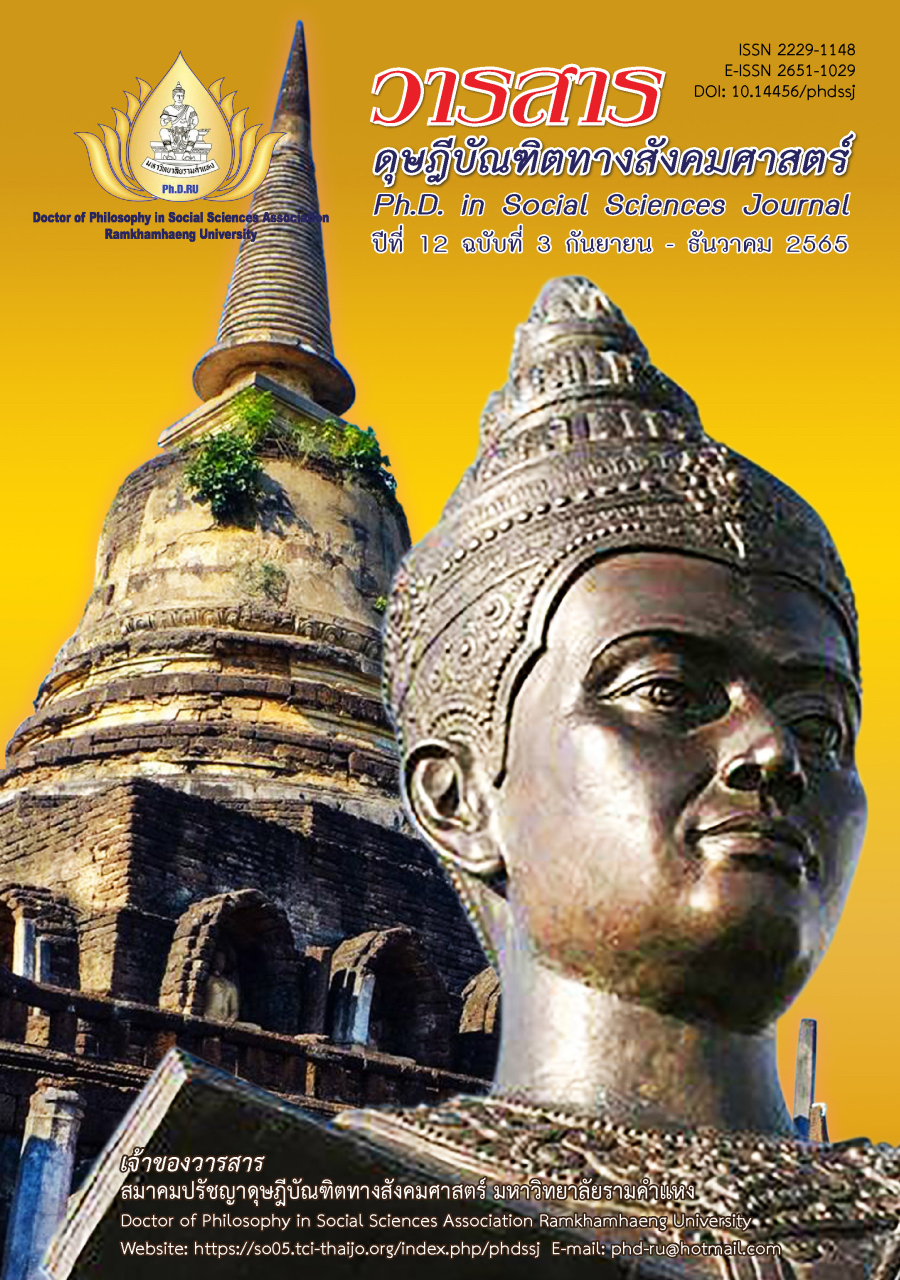The Development of Sports and the Innovation of Public Policy of Buriram Province
Main Article Content
Abstract
This research article aim to study (1) the concept and background of sports tourism, (2) the innovation of public policy and the sports tourism policy, and (3) the sports tourism policy and its benefits to tourism, economy, and culture. The study was conducted using a qualitative research method with an in-depth interview of 12 informants’ Informal interview, selecting a specific sample group purposive sampling, and analyzing the data by typological analysis.
The results were as follows: (1) Sports tourism policy is derived from the concept of sports development, (2) help relieve the burden of public health promote career building and the development of urban infrastructure and, (3) The effect on tourism, economy, and culture and contributed to the formation of the Sports City “Buriram Model” to the innovation of public policy to create sustainable development in order to drive the economy at the provincial and national level.
Article Details

This work is licensed under a Creative Commons Attribution-NonCommercial-NoDerivatives 4.0 International License.
Academic articles, research articles, and book reviews in the Ph.D. in Social Sciences Journal are author’s opinions, and not the publisher’s, and is not the responsibility of the Ph.D. in Social Sciences Journal Philosophy Association, Ramkhamhaeng University. (In the case that research is done on human, the researcher has to be trained in Ethics for Doing Research on Human Training and has to produce the evidence of the training).
References
Cha, V. (2008). Beyond the final score: The politics of sport in Asia. Columbia University Press.
Cha, V. (2013). The Asian games and diplomacy in Asia: Korea-China-Russia. The International Journal of the History of Sport, 30(10), 1176-1187.
Chanpongsri, S. (2018). Running that is not only being able to run. Matichon. [In Thai]
Dye, T. R. (1984). Understanding public policy (5th ed). Prentice Hall.
Easton, D. (1971). The political system: An inquiry into the state of political science (2nd ed). Knopf.
Fourie, J., Siebrits, K., & Spronk, K. (2011). Tourist displacement in two South African sport mega-events. Development Southern Africa, 28(3), 319-332.
Miles, M. B., & Huberman, A. M. (1994). Qualitative data analysis: An expanded sourcebook (2nd ed). Sage.
Mulgan, G. (2006). The process of social innovation. Innovations, 1(2), 145-162.
Panarut, C. (2014). Football, body, civilization, and social order in the reign of King Rama V. In W. Panyagaw, P. Sanguansak, & J. Sappanyayan (Eds.), Thai football: History, power, politics and masculinity (pp. 25-81). Chulalongkorn University. [In Thai]
Podhisita, C. (2006). Science and art of qualitative research (2nd ed.). Amarin Printing. [In Thai]
Priyakorn, P. (1995). Theories and concepts of development management development. Samcharoen Panich. [In Thai]
Smith, A. (2005). Reimaging the city: The value of sport initiatives. Annals of Tourism Research, 32(1), 217-236.
Srisomwongse, S. (2019). “SAT” revealed that the money spread across 6 sports cities throughout the year, 8.5 billion. Retrieved from https://www.thebangkokinsight.com/news/sport/262364 [In Thai]
Sukanan, P. (2015). Cycling for life. National Office of Buddhism Press. [In Thai]
Turco, D. M., Riley. R., & Swart K. R. (2002). Sport tourism, Morgantown WV: Fitness information technology. Cardinal.
Weed, M. (2008). Olympic tourism. Elsevier.


